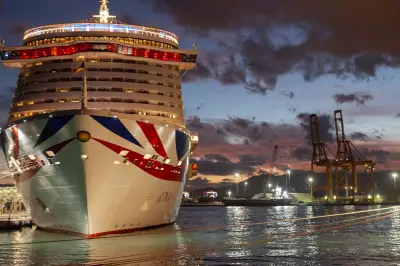
In an extraordinary act of reconciliation, the British Columbia government has initiated one of the most significant land returns in provincial history, transferring valuable properties to local First Nations communities in a move being hailed as "transformative" for indigenous relations.
A New Chapter in Indigenous Relations
The unprecedented agreement, championed by MLA Katrina Chen, sees multiple prime properties being restored to their traditional caretakers. This landmark decision represents more than just property transfer—it signifies a fundamental shift in acknowledging historical wrongs and building meaningful partnerships with First Nations communities.
Healing Through Action
The properties, located in strategically important areas, will enable First Nations to develop economic opportunities, preserve cultural heritage, and strengthen community infrastructure. This transfer goes beyond symbolic gesture, providing tangible resources for indigenous self-determination and economic independence.
"This isn't just about land—it's about restoring what was unjustly taken and creating pathways for future generations," explained a government spokesperson. The initiative forms part of British Columbia's broader reconciliation framework, designed to address historical land dispossession through concrete action rather than mere acknowledgement.
Building Sustainable Futures
The transferred lands are expected to support various community-driven initiatives including:
- Affordable housing projects for indigenous families
- Cultural centres preserving traditional knowledge
- Economic development ventures creating local employment
- Environmental conservation programs protecting sacred sites
This groundbreaking approach to reconciliation has drawn praise from indigenous leaders and community advocates alike, who see it as a model for other jurisdictions grappling with similar historical injustices.
A Blueprint for Reconciliation
The successful implementation of this land transfer program demonstrates how government and indigenous communities can work collaboratively to address historical wrongs. The process involved extensive consultation with elders, community members, and technical experts to ensure the transfers would provide maximum benefit to First Nations peoples.
As British Columbia continues to lead in reconciliation efforts, this initiative stands as a powerful example of how meaningful change can be achieved through courageous leadership and genuine partnership with indigenous communities.





